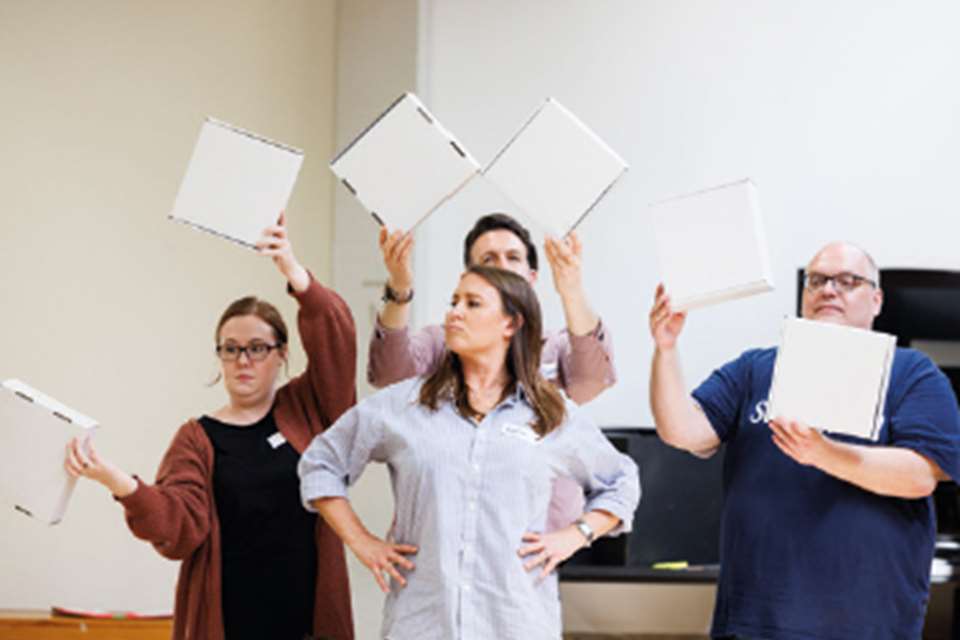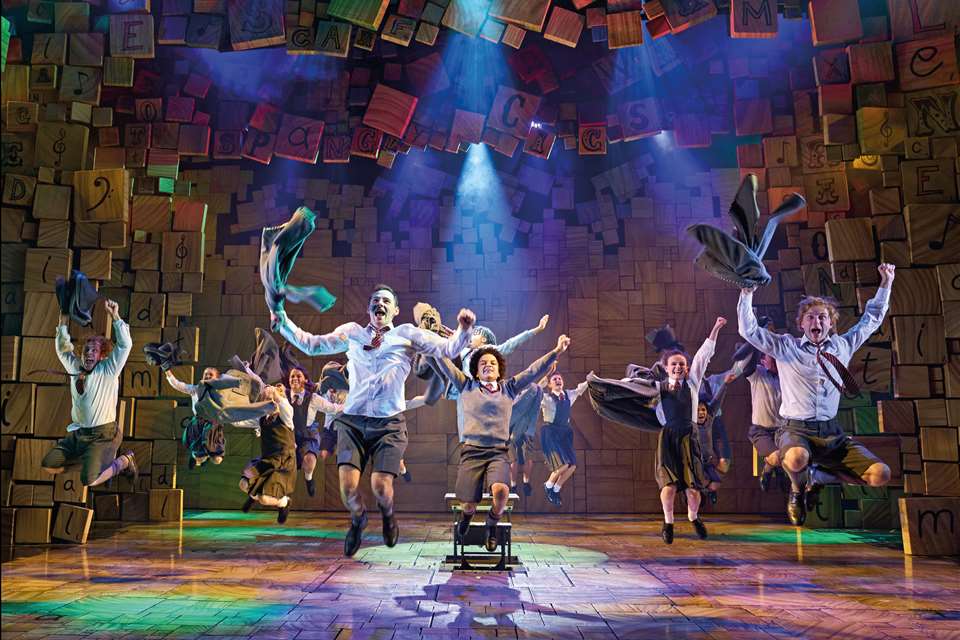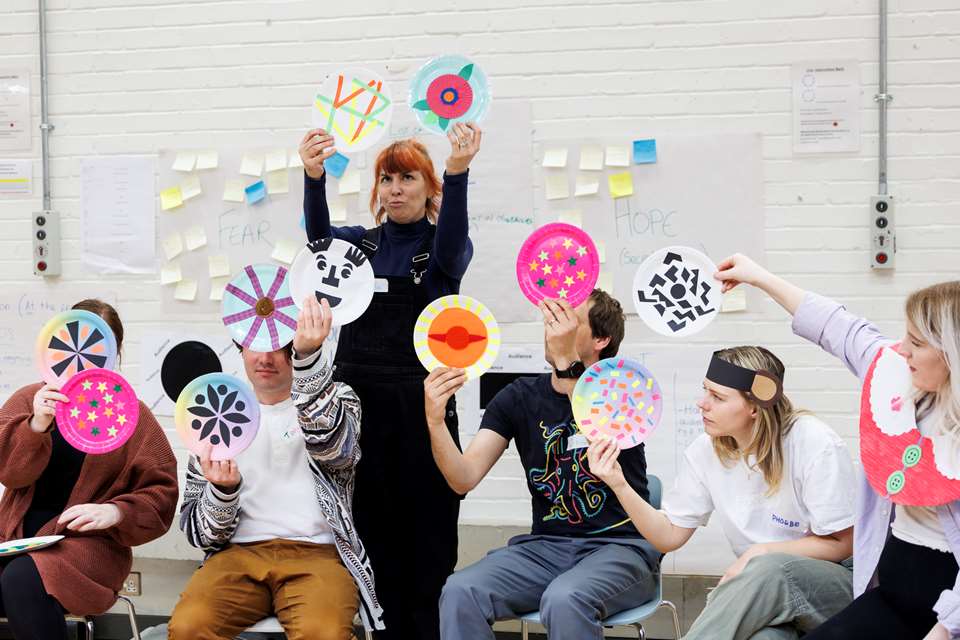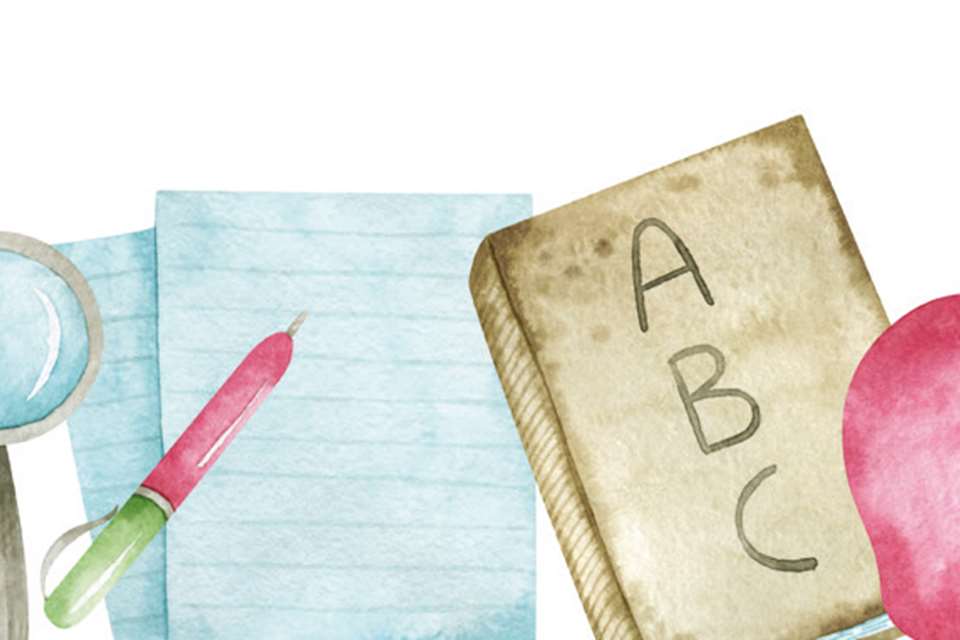Primary workshop: Flooded
Patrice Balwin
Thursday, February 1, 2024
Using the picture book Flooded by Mariajo Ilustrajo, Patrice Balwin outlines a lesson for students aged between five and seven, unpacking how they might approach the topics of climate change, science and citizenship.
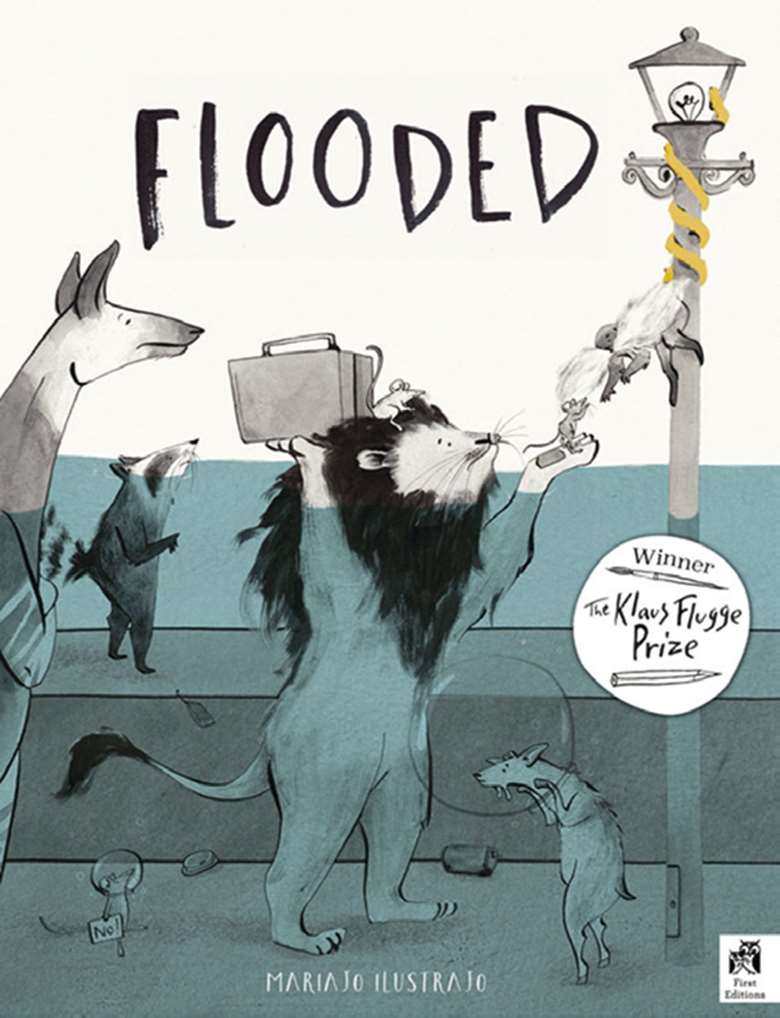
Register now to continue reading
Register to the Drama & Theatre website today and gain access to all the latest news and developments from the world of drama education. By registering you will receive:
- Free access to 4 subscriber-only articles per month
- Unlimited access to news and opinion on our website


